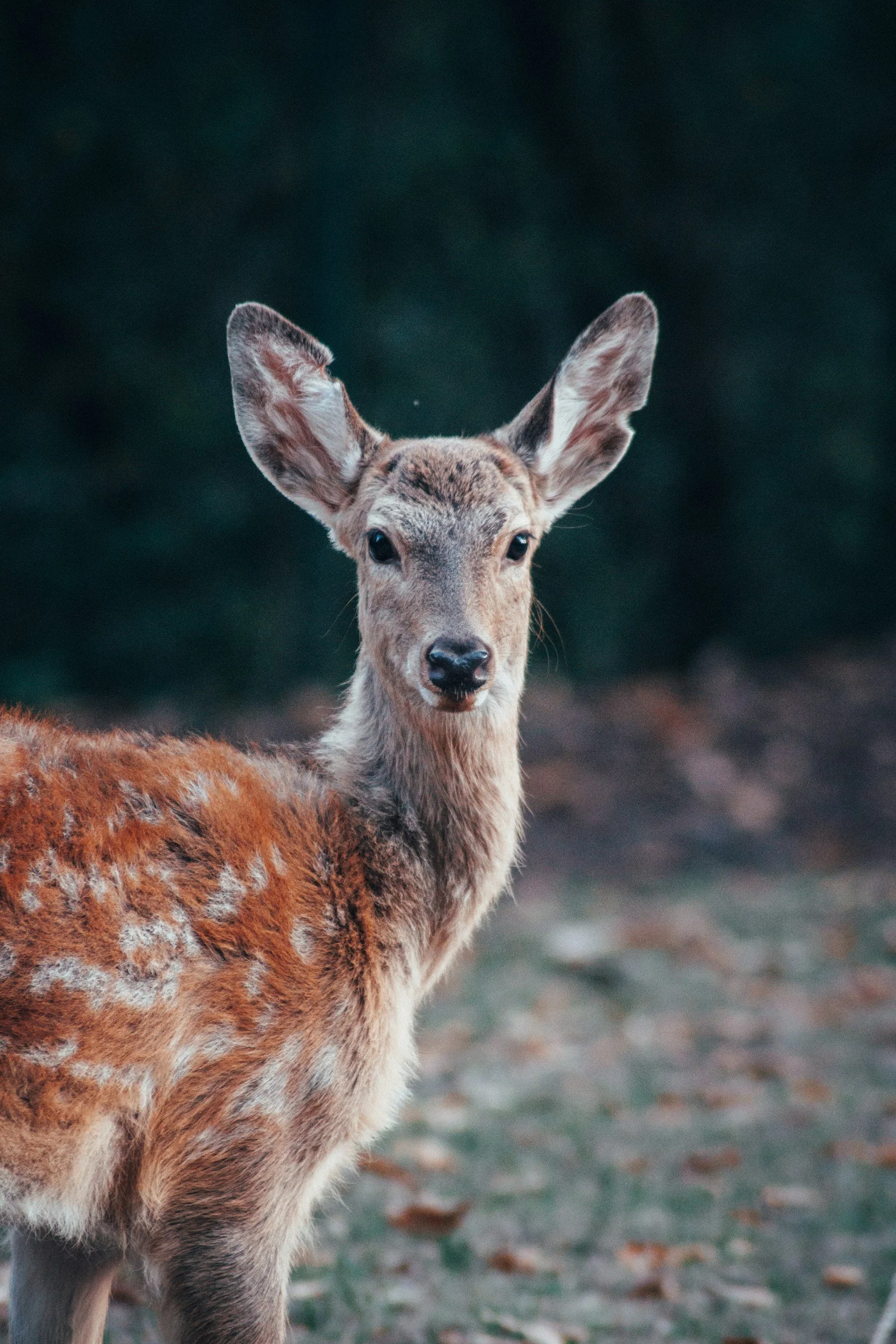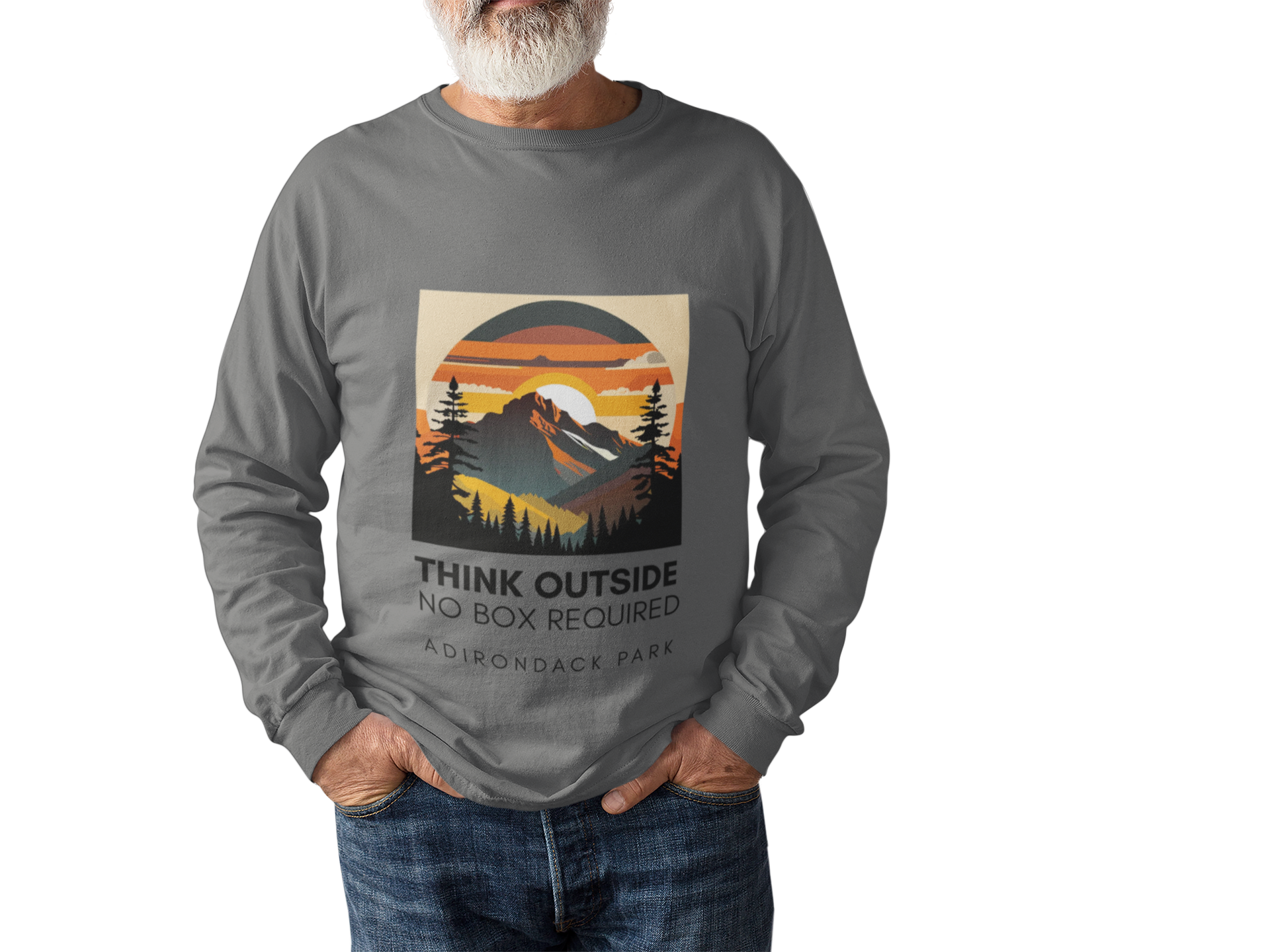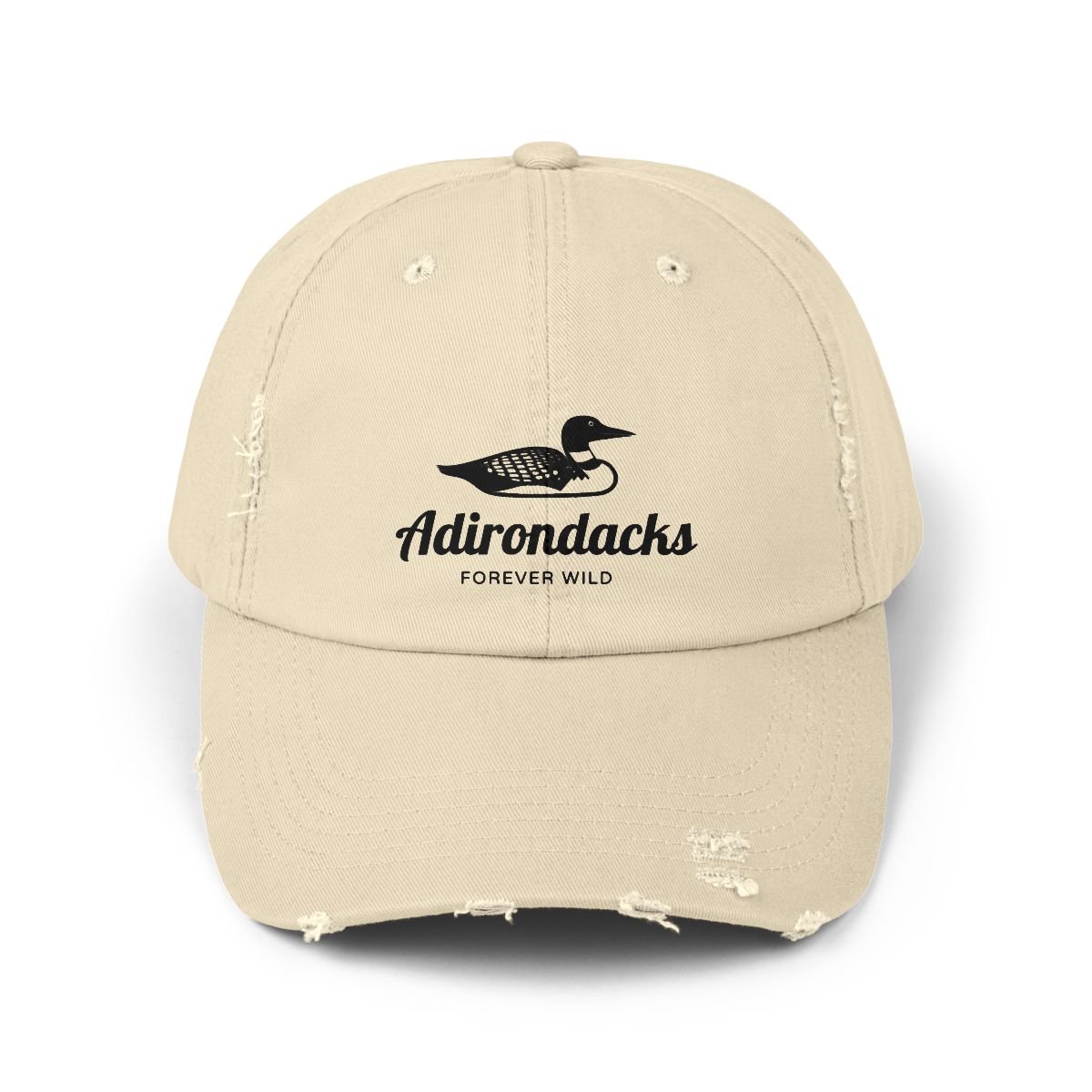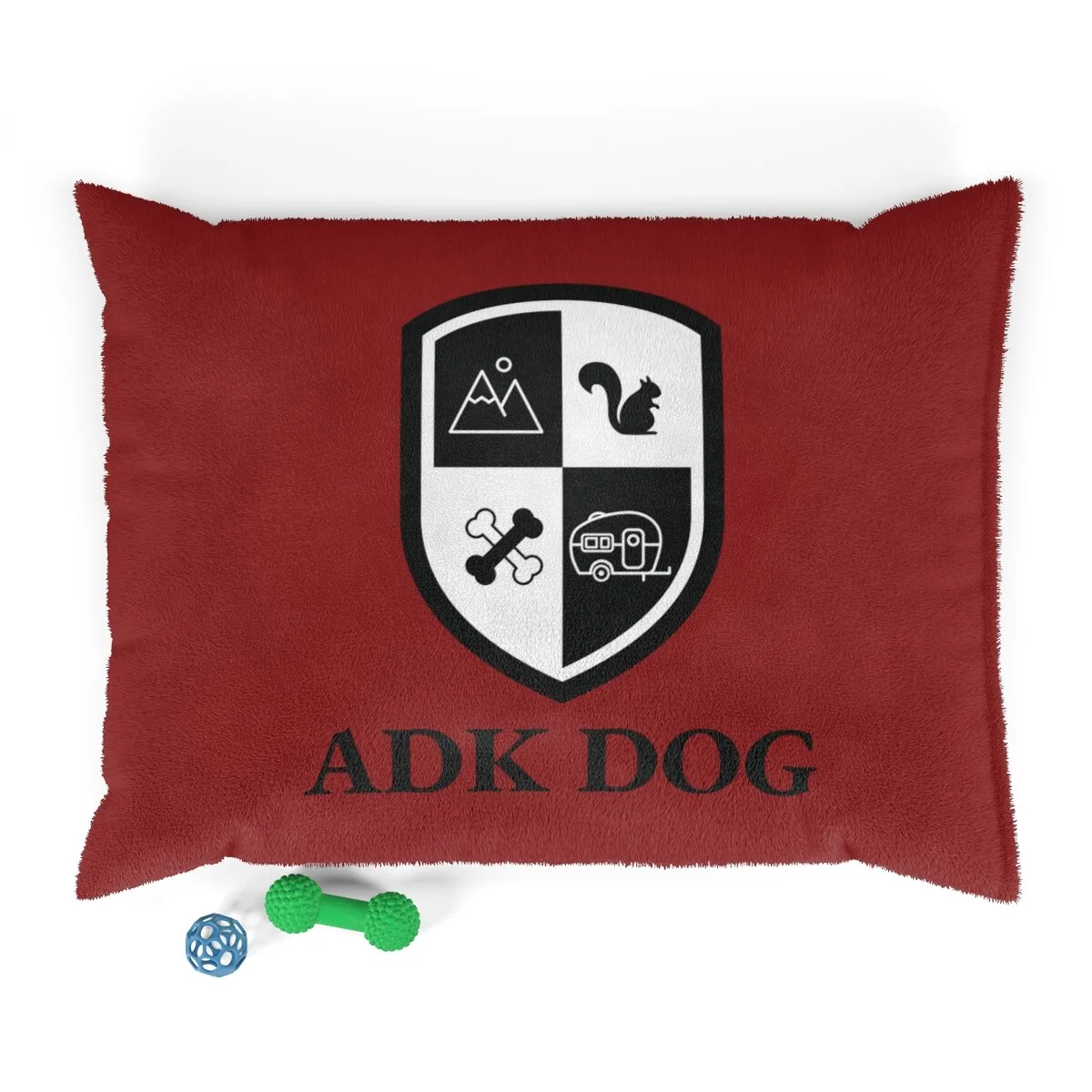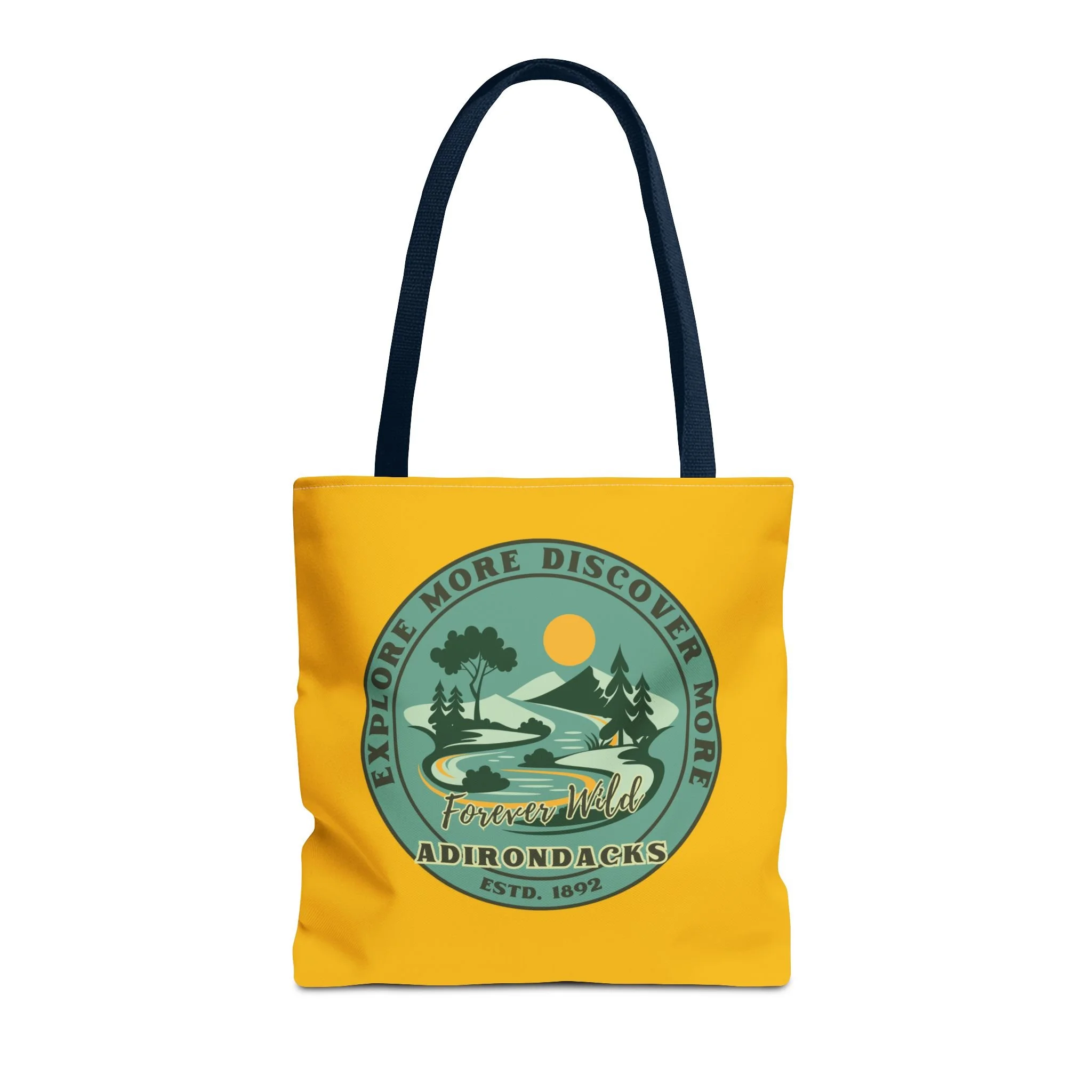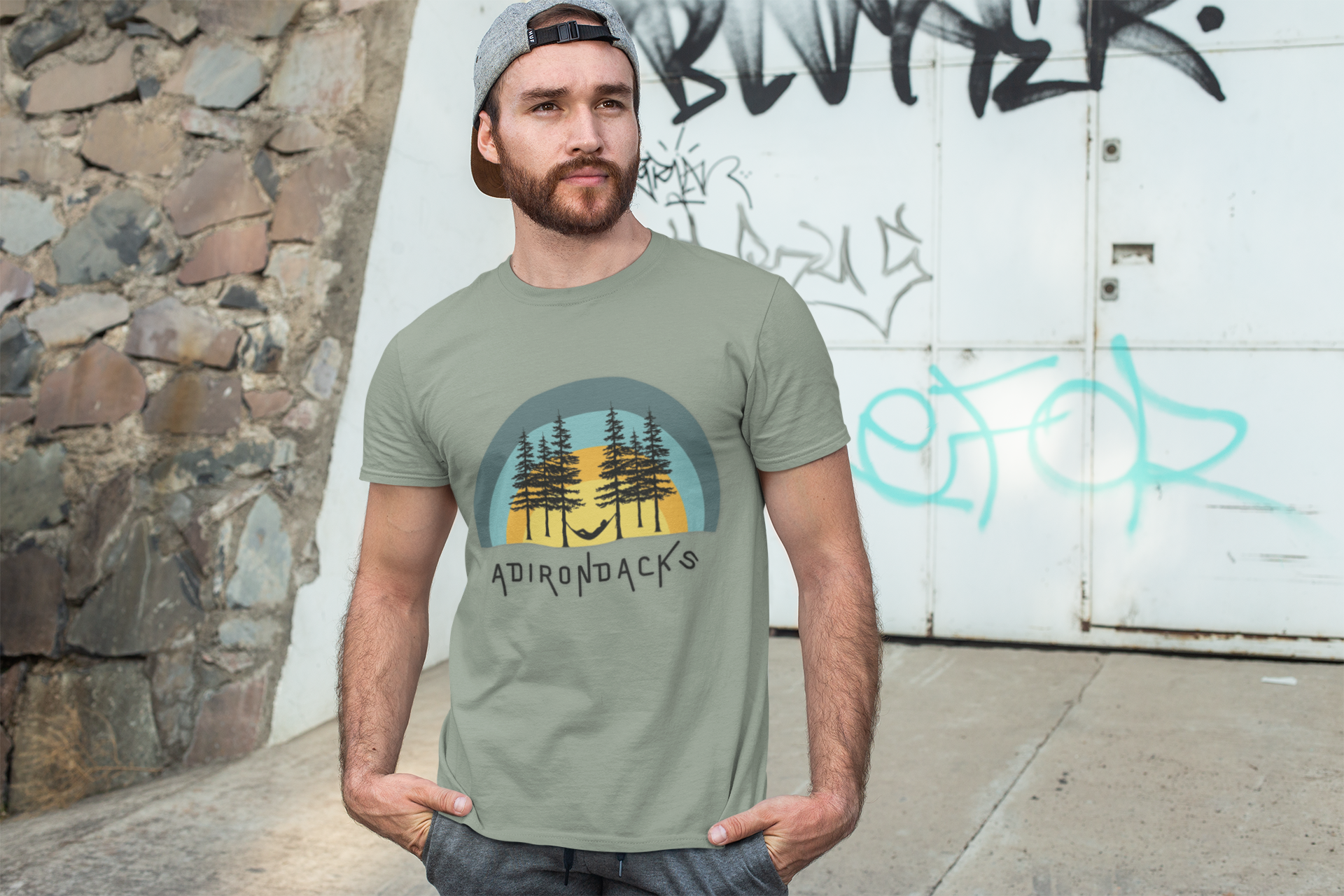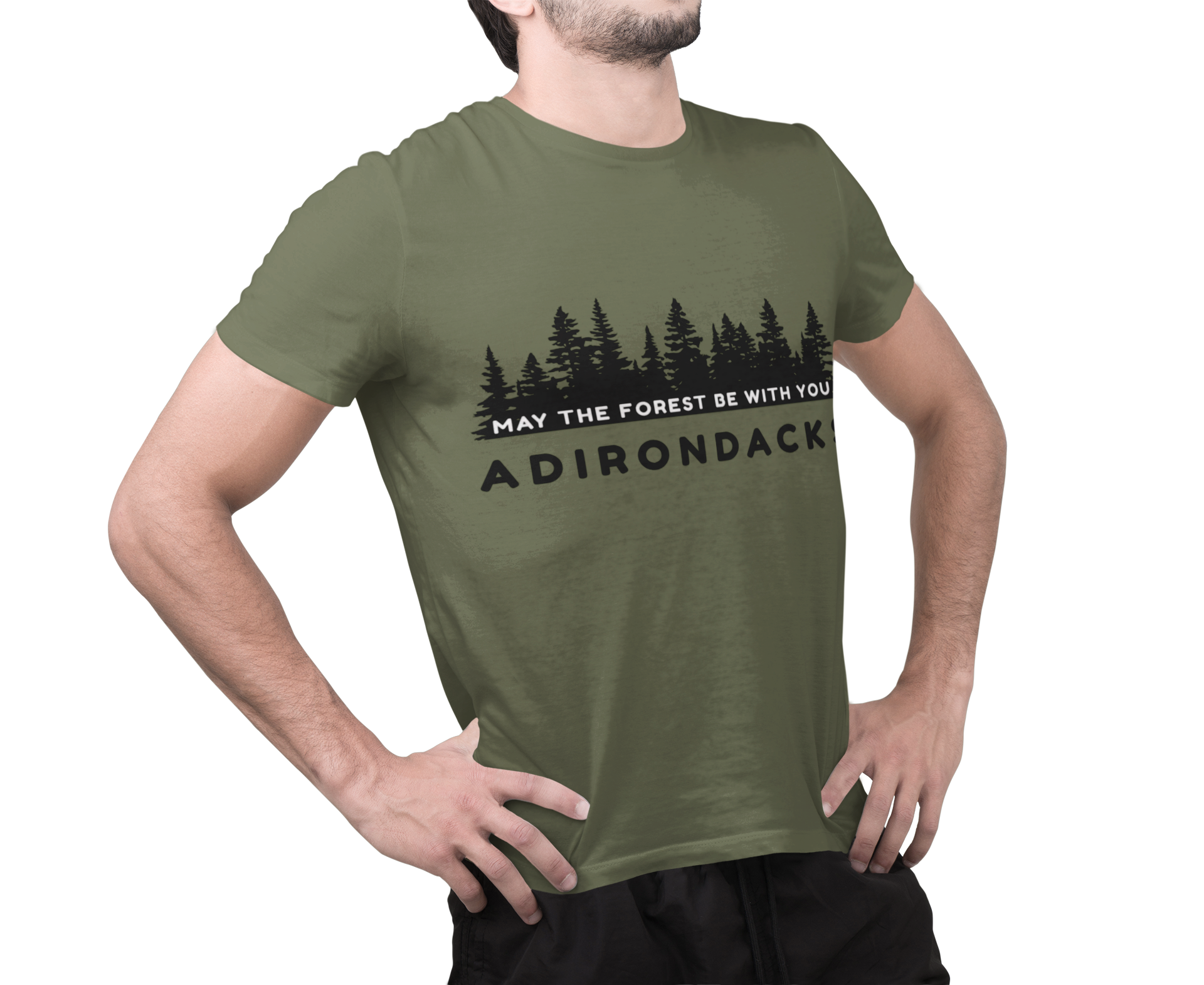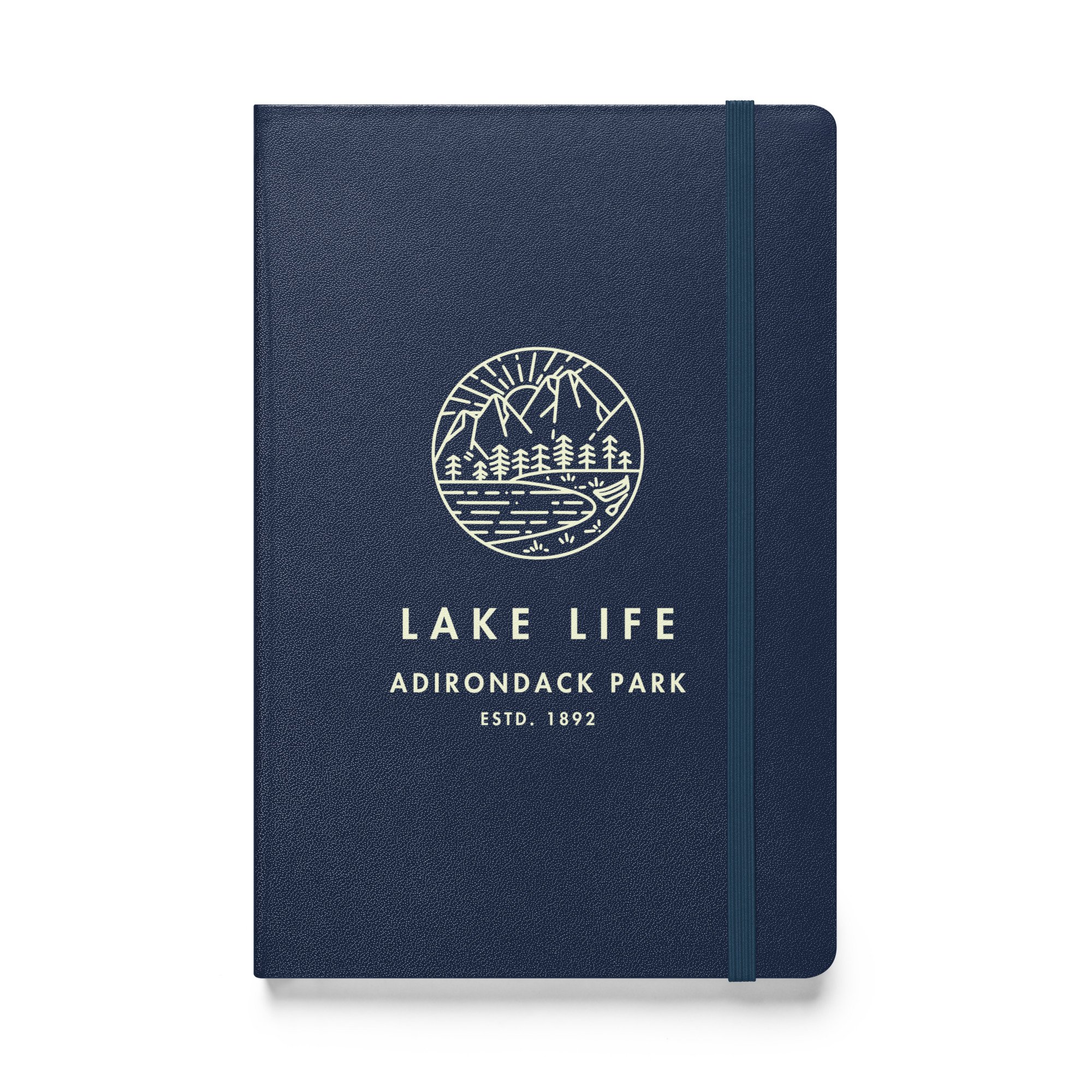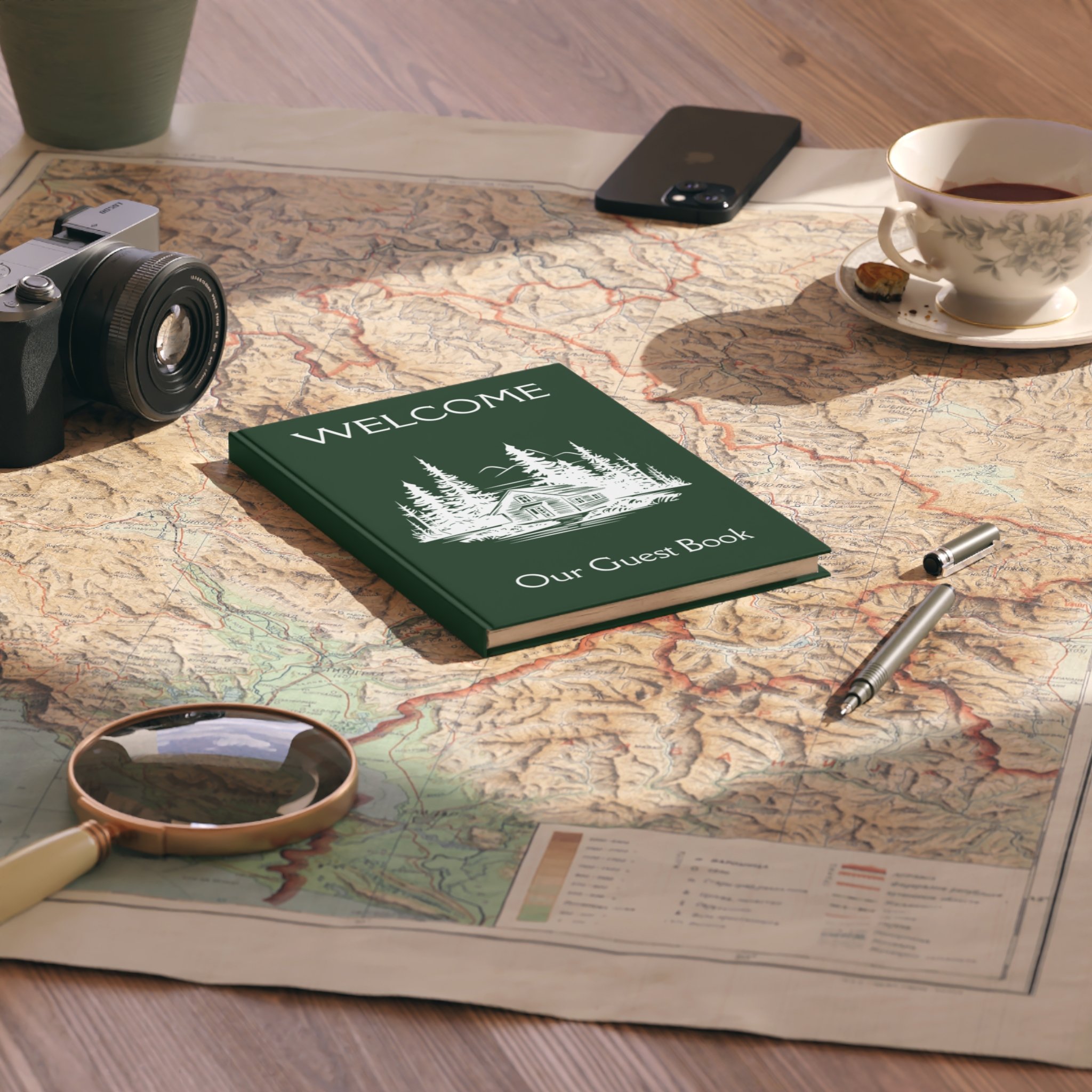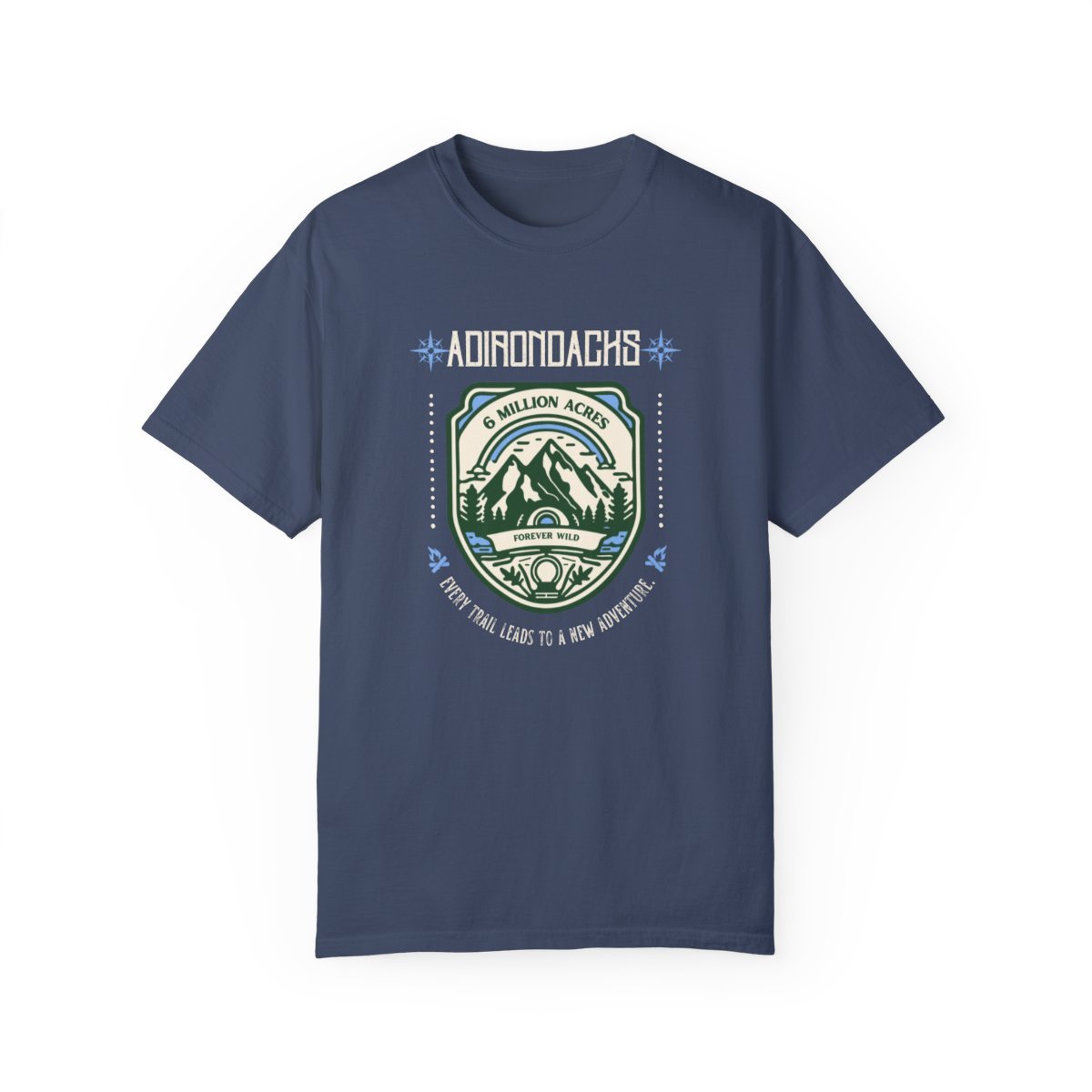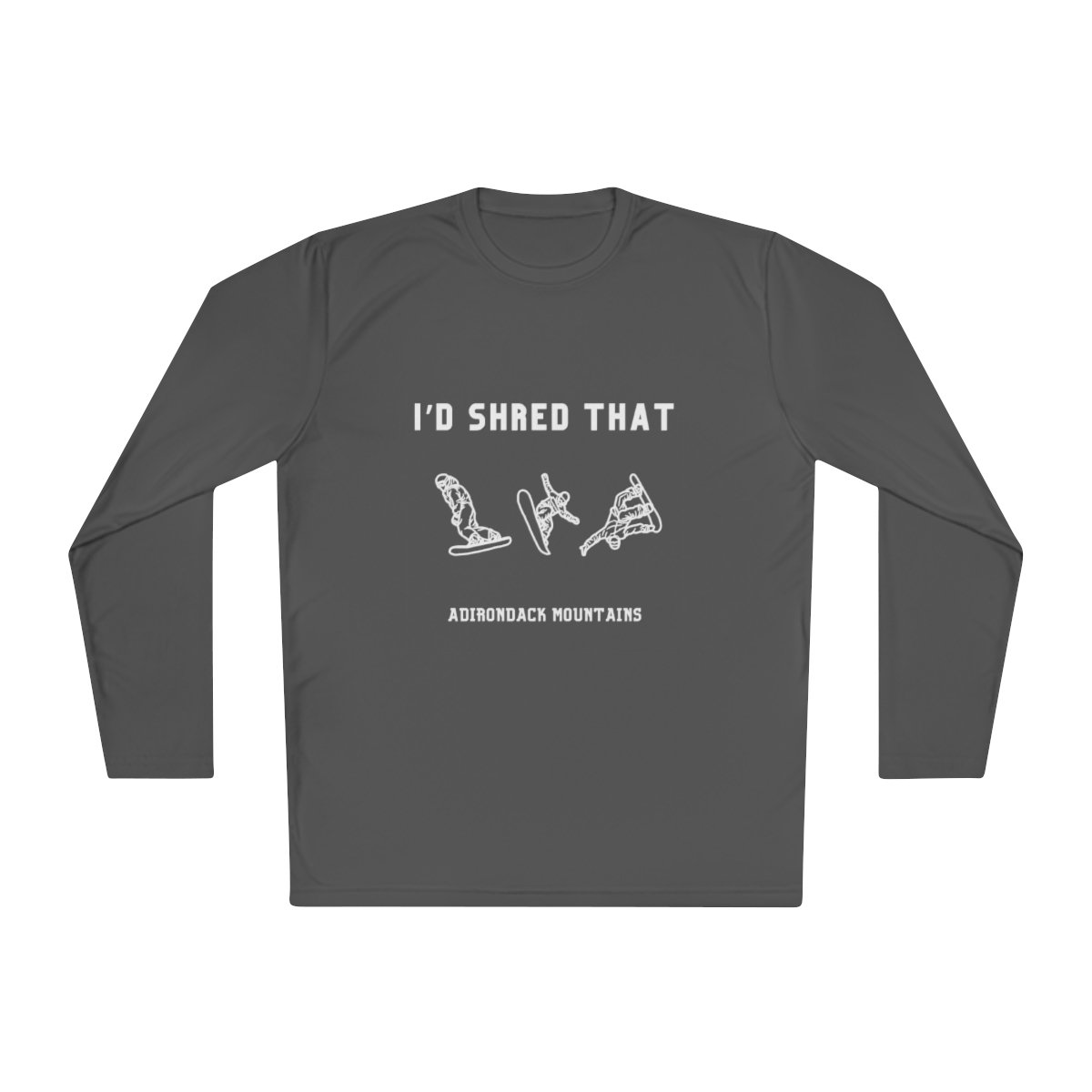Love Is in the Air (and Sometimes on the Road) in the Adirondacks
What to know about deer and moose season.
Hello, gorgeous.
It’s that magical time of year again in the Adirondacks — when the air turns crisp, the leaves show off, and love runs wild. Literally.
As autumn settles in, white-tailed deer and moose across the Park are on the move, distracted by the call of the wild and often oblivious to the two-ton vehicles sharing their roadways.
It’s peak mating season — or as wildlife biologists call it, the rut — and it happens every fall from late October through November. For drivers, that means keeping both eyes on the road and hands at “ten and two” like they taught us in Drivers Ed.
Why you’re more likely to meet a moose this month.
According to the New York State DMV and Department of Environmental Conservation (DEC), deer and moose collisions spike in the fall. Last year alone, more than 32,000 crashes in New York involved deer, and nearly 8,000 involved other animals. Those numbers soar in October, November, and December — right when the woods are alive with activity.
Oh, deer.
The math is simple: about 1.2 million white-tailed deer and 700 moose roam New York State, most of them north of Albany. Combine that with shorter days, darker commutes, and love-drunk wildlife, and you’ve got a perfect recipe for roadside surprise encounters.
That’s a lot of potential for insurance claims.
Dusk, dawn, and danger zones.
Deer and moose are crepuscular — meaning they’re most active at dawn and dusk — exactly when visibility is lowest for drivers.
Add the energy of the rut, when males chase and spar for mates, and you’ve got unpredictable movement patterns that can send a deer bolting across Route 28 or a moose sauntering down Route 30 without warning.
And if you’ve never seen a moose up close, they’re enormous. Their dark coats and height make them nearly invisible to headlights — their bodies sit above the beam pattern, so by the time you see one, it may already be too late to stop.
Tips to keep it on the road (and out of the ditch).
If you’re driving on Adirondack roads, here’s what local experts and the DEC recommend:
Ease off the gas if you see movement near the roadside. Deer and moose are unpredictable sprinters.
See one? Expect more. Deer travel in groups, so if Bambi bounds by, his mother or siblings are likely right behind.
Flick those headlights to warn other drivers when animals are nearby.
Honk early, not late. A few short blasts might deter an animal from stepping out.
Pay attention to “Deer Crossing” signs. They’re not decorative.
Avoid swerving. It’s safer to brake hard than to lose control or cross into another lane.
And if the worst happens…
After the impact: What to do if you hit a deer or moose.
Striking a large animal can quickly become dangerous, so it's crucial to know how to respond.
Stay calm, stay safe, and stay away from the animal — a frightened deer or injured moose can kick with the power of a sledgehammer.
Pull over safely and turn on your hazard lights.
Keep a safe distance from the animal. Staying calm can prevent further accidents and ensure the safety of everyone involved.
Call the police if the animal is blocking the road or there’s significant damage (more than $1,000 worth — yes, the DMV tracks that — and based on our experience, that’s going to be the minimum you can expect to pay).
Check your car carefully. Look for leaks, broken lights, or hood latches that don’t close. If something feels off, call a tow truck.
The majestic moose.
A seasonal reminder from the woods
The Adirondacks are wild at heart — and that’s part of what makes driving through this region so exhilarating. But as autumn deepens and the woods come alive, remember that the same magic that draws us to the Park each fall can step right into your headlights.
Stay alert, slow down, and enjoy the ride — safely. Because in the Adirondacks, love is in the air, the woods, and, just occasionally, on the road.


